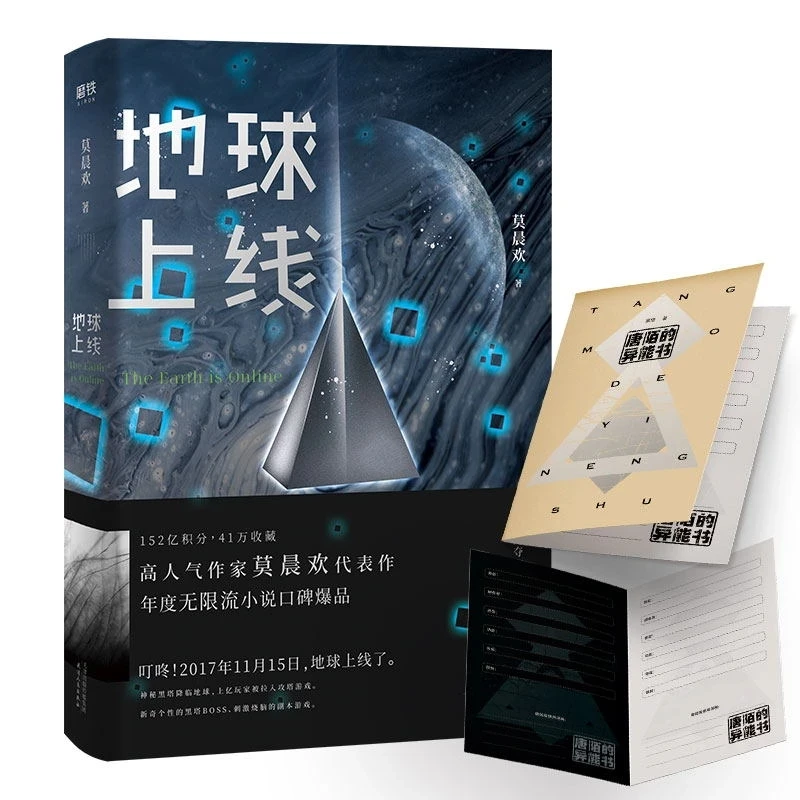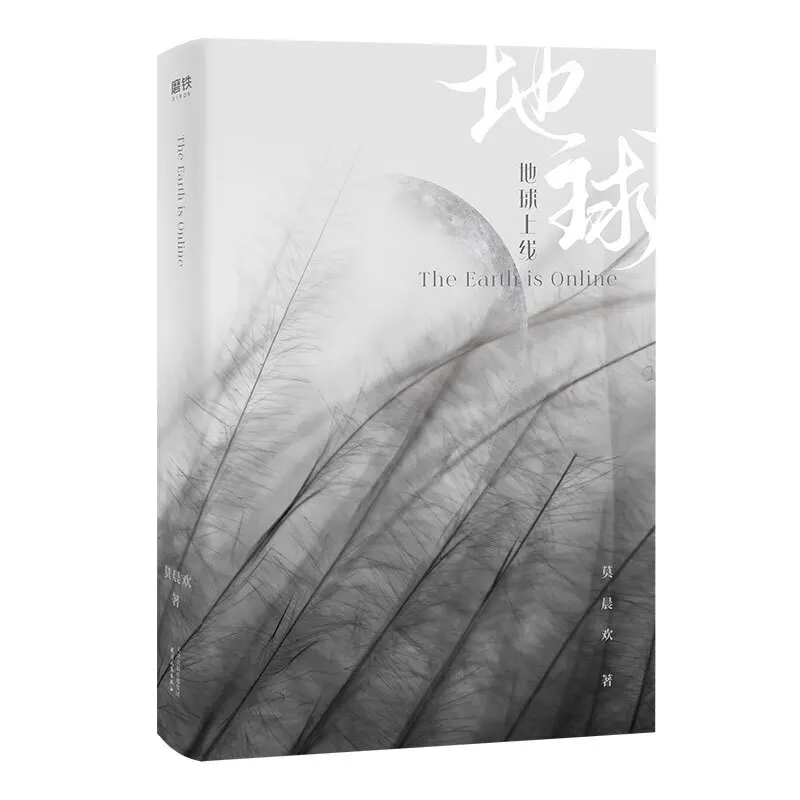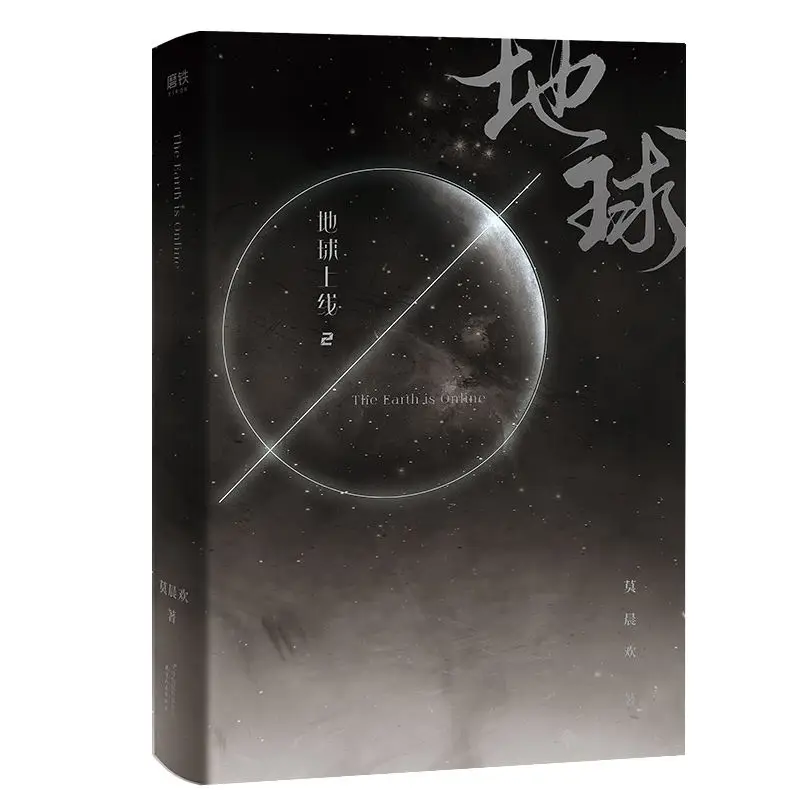Romance novels have a special place in the hearts of readers all around the globe. Their ability to convey love, longing, and connection draws millions to this genre. In today’s digital age, romance novels are more accessible than ever. Readers can find a vast selection online, experiencing diverse stories from various authors. This evolution plays a significant role in how romance is perceived and enjoyed. In this article, we will delve into the world of romance novels, exploring their history, various subgenres, and what makes them so appealing to readers today.
The History of Romance Novels
Early Beginnings
Romance novels have a lineage as old as storytelling itself. The roots can be traced back to ancient myths and legends. Many cultures shared tales of love and adventure. The story of Cupid and Psyche in Roman mythology is one such example. These stories laid the groundwork for what we know as romance today. They often featured strong emotions, obstacles, and journeys that lovers embark upon. It was a blend of drama and heart that captivated audiences of the time.

Evolution Over Time
As we moved into the Middle Ages, romance took a new turn. The tales of knights and their chivalrous quests to win the hearts of fair maidens became popular. Authors like Sir Thomas Malory brought these themes to life in works like “Le Morte d’Arthur.” These stories highlighted honor, bravery, and the complexities of love. The Renaissance period saw a shift with the rise of more courtly and refined love tales, showcasing romantic ideals.
The 18th and 19th centuries saw the birth of the modern romance novel. Writers like Jane Austen and the Brontë sisters introduced readers to characters that grappled with societal norms and personal desires. Their works not only entertained but critiqued the world around them. They presented strong female leads and nuanced male characters, offering depth. These novels set the stage for the genres we see today.
The 20th Century and Beyond
The 20th century witnessed a boom in romance novels. Publishers began to recognize the potential of the genre. Companies specialized in romance, releasing a plethora of titles that catered to various tastes. The introduction of mass-market paperbacks made these stories accessible to a broader audience. Authors like Nora Roberts and Harlequin became household names.
This period also saw the rise of subgenres. Historical romance, contemporary romance, and paranormal romance emerged, catering to diverse reader preferences. The internet revolution changed the landscape again, giving rise to self-publishing. Independent authors found platforms to share their work, leading to an explosion of new stories and voices in the genre.
The Elements of a Romance Novel
Love as the Central Theme
At its core, romance novels revolve around love. This theme drives the plot and character development. Readers become invested in the romantic journey. The promise of a happy ending creates anticipation and hope. In romance, emotional stakes are high. Characters face conflicts, dilemmas, and challenges that test their love. The resolution of these conflicts leads to emotional catharsis for readers.
Character Development
Strong characters are essential in romance novels. These characters must resonate with readers. Their journeys, both internal and external, keep the plot engaging. Readers often see themselves in the characters, sharing their joys and heartaches. A well-crafted protagonist typically faces personal struggles. These struggles may parallel their romantic journey, adding layers and depth to the storytelling.
Setting and Atmosphere
The setting in a romance novel can greatly influence the story. It helps shape the characters’ experiences. Whether it’s a small town, a bustling city, or a fantastical realm, the environment plays a role. Settings often contrast with the characters’ internal struggles. This can enhance the tension and underscore the romantic journey.
Moreover, the atmosphere contributes to the emotional tone. A light-hearted beach setting may evoke fun and laughter, while a historical backdrop can create a sense of nostalgia and longing. The right setting enhances the story, making it more engaging.
Exploring Subgenres of Romance Novels
Contemporary Romance
Contemporary romance focuses on modern love stories. These novels often deal with current societal issues, reflecting the world we live in today. Characters in contemporary romance may navigate challenges like career aspirations, family dynamics, and personal growth. They deal with love in a realistic setting, providing readers with relatable scenarios.
Authors in this subgenre present diverse voices and experiences. They explore various relationship dynamics, including LGBTQ+ romances and multicultural love stories. This inclusion broadens the appeal of contemporary romance, attracting readers with varied backgrounds and perspectives.
Historical Romance
Historical romance transports readers to another time and place. These novels immerse readers in a specific era, often richly detailing historical events, customs, and clothing. The backdrop serves as an essential character that influences the love story. Readers experience the tension between societal norms and personal desires, making the romance even more compelling.
Writers in this genre conduct research to create authentic and believable worlds. They illuminate the challenges lovers faced in earlier times, including class disparities and gender roles. This historical perspective offers readers a unique blend of education and entertainment.
Paranormal Romance
Paranormal romance introduces elements of fantasy and the supernatural. This subgenre often features vampires, witches, werewolves, or other mythical beings. The addition of these elements adds an extra layer of intrigue and excitement. Readers are drawn into worlds where love transcends the ordinary, exploring themes of immortality, magic, and destiny.
Paranormal romance still centers on the emotional journey. Characters may grapple with their identities while falling in love. The fusion of romance and fantasy allows for cultural commentary on love’s nature and the human experience.
The Digital Revolution: Romance Novels Online
Accessibility and Reach
The internet has transformed the way readers engage with romance novels. Online platforms provide easy access to an array of titles. Readers can find e-books, audiobooks, and online articles, widening their options. The ability to read reviews and share recommendations makes it easier to discover new authors and stories.
Self-publishing has become a viable path for aspiring writers. This freedom has led to a surge in independent romance authors. They share unique voices and innovate storytelling. These authors often interact with their readers via social media, creating strong community bonds.
Online Communities
Digital platforms have fostered vibrant communities. Readers and writers gather in online forums, book clubs, and social media groups. These spaces encourage discussions about various romance novels, authors, and trends. Readers share their favorites, engage in fan fiction, and celebrate new releases together.
This sense of community creates a supportive environment for writers. They receive feedback, encouragement, and inspiration from fellow enthusiasts. Such connections help writers grow and develop their craft, enhancing the quality of romance novels available.
The Impact of Romance Novels on Readers
Emotional Connection
Romance novels create an emotional escape for readers. A well-told love story allows individuals to experience emotions vicariously. Readers often feel joy, sadness, excitement, and hope alongside the characters. This connection helps them navigate their own feelings about love and relationships.
Romance novels can also provide a sense of reassurance. In a world where uncertainty reigns, readers find comfort in the promise of love. Happily-ever-after endings offer a glimmer of hope in times of turmoil. They remind readers of the beauty in connection despite life’s challenges.
Personal Empowerment
Romance novels often empower readers, particularly women. Many stories feature strong, independent female protagonists who strive for personal growth. These characters face obstacles head-on, showcasing resilience and strength. Readers identify with their journeys of self-discovery and empowerment.
This representation encourages readers to reflect on their own lives. They may feel inspired to pursue their dreams, stand up for their beliefs, or prioritize their happiness. Romance novels often celebrate love and passion but also explore themes of independence and personal growth.
Romance Novels and Cultural Reflections
Societal Norms and Change
Romance novels serve as mirrors to society. They often reflect cultural values, changing norms, and evolving perceptions of love. For example, earlier romance novels adhered to traditional narratives of love and courtship. Modern stories often challenge these norms, showcasing diverse relationships and varying definitions of love.
The representation of LGBTQ+ characters has gained prominence. This shift allows more readers to see themselves represented. It opens discussions about acceptance, identity, and love in all its forms. Authors increasingly explore themes of intersectionality, race, and gender, enriching the genre.
Addressing Real-Life Issues
Romance novels often address real-life issues, such as mental health, family dynamics, and societal pressure. Characters experience challenges that resonate with readers. These explorations promote understanding and empathy. They remind readers they are not alone in facing hardships and dilemmas.
Romance, as a genre, has the power to challenge stereotypes and raise awareness. Authors use their platforms to address issues affecting readers, fostering important conversations. By weaving these themes into their narratives, they contribute positively to society.
The Future of Romance Novels
Continued Genre Growth
The romance genre continues to flourish. With an ever-expanding audience, it adapts to changing tastes. Readers seek innovative stories that reflect modern experiences. Authors are likely to explore unconventional relationships, diverse characters, and intersectional narratives.
The digital landscape will likely play an integral role in this evolution. Platforms like social media and blogs provide authors with ways to connect with their audience. Readers can offer feedback, influencing future narratives. This interaction fosters a dynamic dialogue that shapes the genre’s trajectory.
Embracing Technology
Technological advancements have the potential to transform how romance stories are told. The rise of augmented reality (AR) and virtual reality (VR) could create immersive reading experiences. Readers may become part of the love story, interacting with characters and environments. This could revolutionize audience engagement and attraction to the genre.
Additionally, audiobooks are gaining popularity. They allow readers to experience stories in new ways. The rise of podcast book clubs and thematic read-alongs further enhances reader engagement. The future holds exciting possibilities for romance novels.
Conclusion
Romance novels have come a long way since their early beginnings. They continue to evolve, reflecting societal shifts and embracing changing norms. The genre offers readers a journey rich with emotional connection, empowerment, and cultural reflection. Through the digital revolution, romance stories have become more accessible and diverse. Authors are breaking boundaries, creating dialogues, and shaping the future of romance literature. As we look ahead, we can only anticipate the new heights this genre will reach. Romance novels, in all their forms, are here to stay, captivating hearts and minds across generations.




